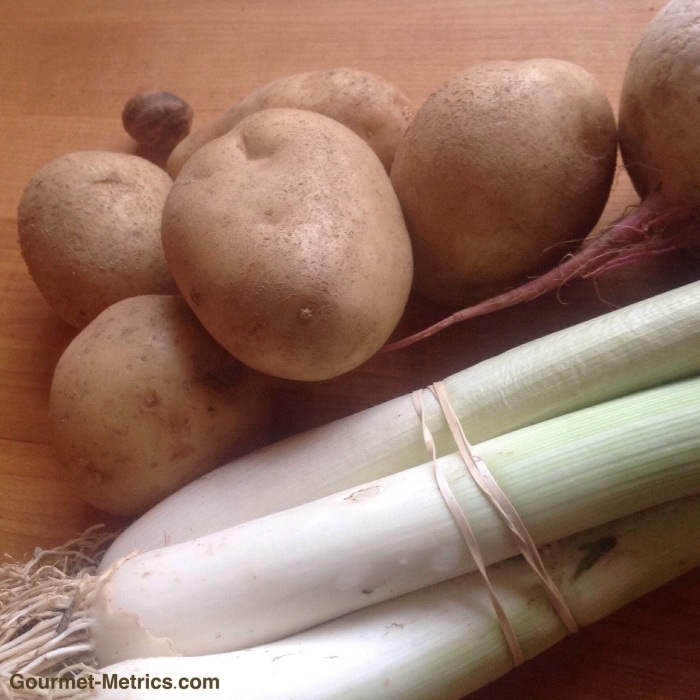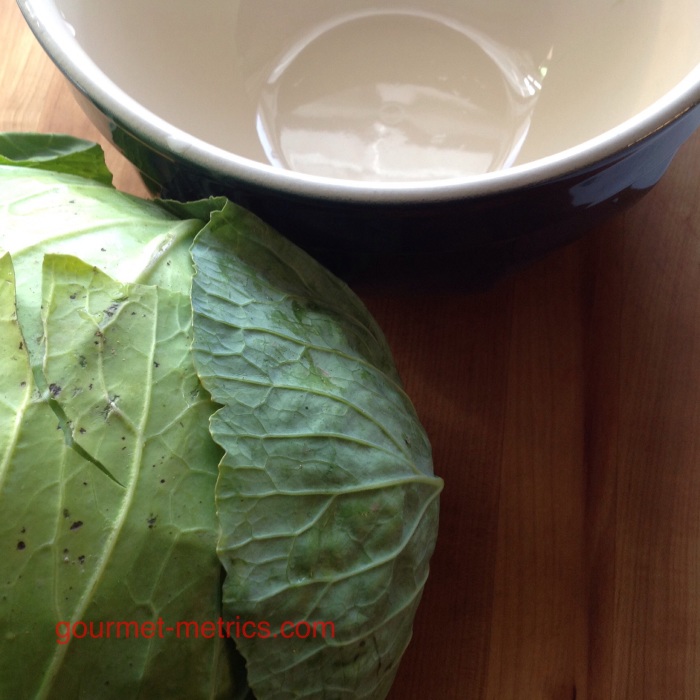
Ingredients count. Those ingredients assembled above are the ones I use when I make naan pizza. It’s really tasty. And it doesn’t take a lot of time to assemble and cook. But sourcing the right ingredients is crucial. From left to right going counter clockwise, here’s what I need to assemble:
Red onion. Easy to pick up in most supermarkets.
Fresh Mozzarella. If you don’t live near a market or grocer that makes fresh mozzarella, you’re out of luck. Unless you’re willing to make your own which I’ve been told is pretty easy to do. I lucked out because both in the city and where I live in the Hudson Valley we have good sources.
Jarred Pesto. Italian industrial manufacturers have done a credible job with this classic olive oil, basil, parmigiana, pine nut mixture. For me at least. The brand I used depends on what the store I shop in carries. I avoid any brand that contains seed oil, natural flavors, flavor extracts, whey, starch, flours. Why avoid seed oil? Because pesto needs to be made with olive oil to taste good.
Marinara Sauce. As with pesto, the brand depends on the store I shop in. I avoid flavor additives of any kind and I look for whole peeled tomatoes instead of tomato purée.
Naan. The best tasting naan I’ve ever used was an artisan product made on a small scale and carried locally when we lived in New York City. Now that we’ve moved to the Hudson valley, I need to make do with what is available. The naan pictured above is an industrially formulated product made with a predictable set of dough conditioners, commodity seed oils, mold inhibitors, cosmetic additives, and extracts. It’s not as chewy or clean tasting as the naan I used to use but it works and it’s available.
VIEW FROM MY KITCHEN WINDOW
My naan pizza has two things going for it – taste and convenience. Well except for the time I spend sourcing. But I’m a fanatic when it comes to sourcing. If I could find a chewier, freshly baked tradition naan, I’d track it down too. But my choices are limited to what is reasonably available, so I need to compromise and settle for well crated shelf stable product formulated with a couple of cosmetic additives.
Pizza has many positive attributes going for it, but healthy is not one of them. So we’re already in the territory of comparative unhealthiness. I’m not even sure if the low-fat, low sodium versions meet the austere criteria favored by the food police. On the other hand, my naan pizza has a healthier nutrient profile than commodity brands or popular take out offerings. And because I use good quality ingredients which are flavorful in and of themselves, I don’t need to use as much salt.







 The final meeting of our Dietary Guidelines 2025 Advisory Committee meeting was held this past week. The committee members have again concluded that me and my fellow Americans don’t follow the guidelines and we eat poorly. Not much change since the first set of guidelines was published back in 1980.
The final meeting of our Dietary Guidelines 2025 Advisory Committee meeting was held this past week. The committee members have again concluded that me and my fellow Americans don’t follow the guidelines and we eat poorly. Not much change since the first set of guidelines was published back in 1980.


